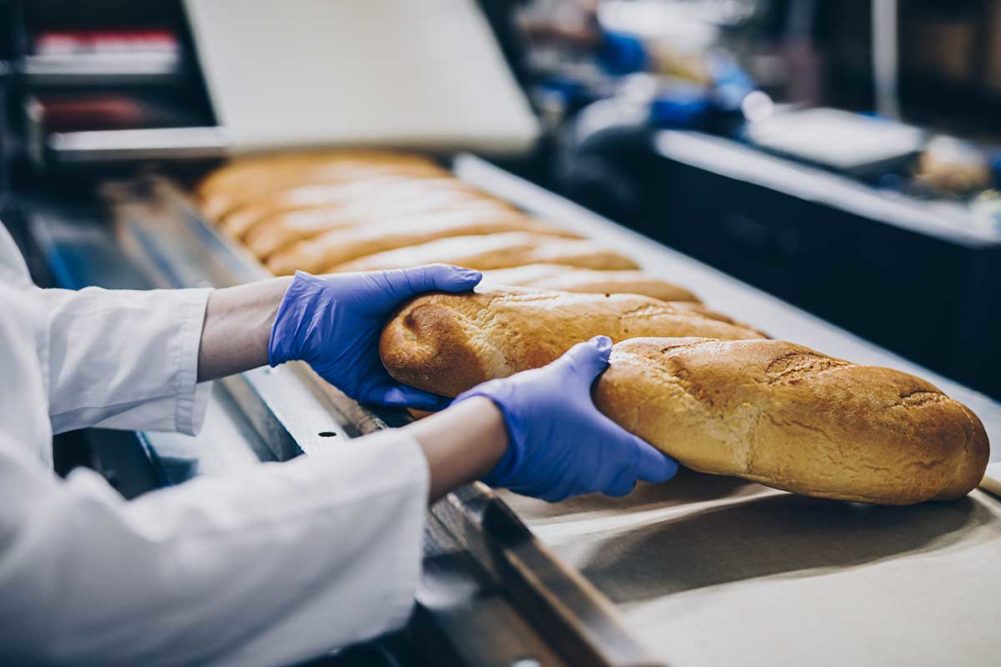Bakeries can use enzymes to help stabilize yeast fermentation in low or no sugar added doughs like for keto bread, which are challenging because eliminating or reducing sugar means the yeast has no energy to develop.
“When you’re making a zero net carb or keto bread, you’re replacing the flour with resistant starch and things like that,” explained Jacinthe Côté, PhD, product manager, enzyme-based solutions, Lallemand Baking. “The yeast is starving to begin with to even start the fermentation. With the solution that Luc Casavant developed, the yeast is going to get the simple sugars it needs to ferment, leaven, create CO2, then flavor the dough.”
The enzymatic solution stabilizes the fermentation, decreases proof time, assists with coloration and allows for possible yeast reduction, said Luc Casavant, director, baking applications, Lallemand Baking.
Lallemand Baking also discovered that Essential FSA 2013 helps with sugar management in other types of baked goods. This led to a stronger demand for this solution toward the end of 2022.
“That’s really relevant for bakers in the USA today because since the changing of the labeling regulations, they now have to declare the amount of added sugar on their nutritional fact table,” Dr. Côté said. “What the bakeries can do by using our solution is lower amounts of added sugar and still get the sweet taste and nice coloration you usually get by adding so much sugar to your dough. Especially in whole wheat and multigrain breads, there’s a bitter flavor that can develop because of the fibers. That’s why often these multigrain and whole wheat products have more sugar than white bread.”
Of course, one of the main draws of enzymes is that they clean up labels as consumers seek to make health-conscious decisions.
“Historically, bakers have struggled to balance delivering products with labels containing consumer-friendly ingredients with the need to ensure ideal quality in their finished products,” said Vanessa Bergamini Mendes, global product marketing manager, food enzymes, bakery, IFF. “Challenges included upholding dough strength and tolerance during production; maintaining consistency across varying conditions; reducing waste; and preserving finished product quality, volume and crumb structure. Today, enzymes allow bakers to meet their needs without having to compromise. Baking with enzymes is not just about satisfying consumer expectations. The robust performance shown in application also points the way to higher yield with less waste — another advantage for bakers with sustainability on the agenda.”
This article is an excerpt from the March 2023 issue of Baking & Snack. To read the entire feature on Enzymes, click here.






